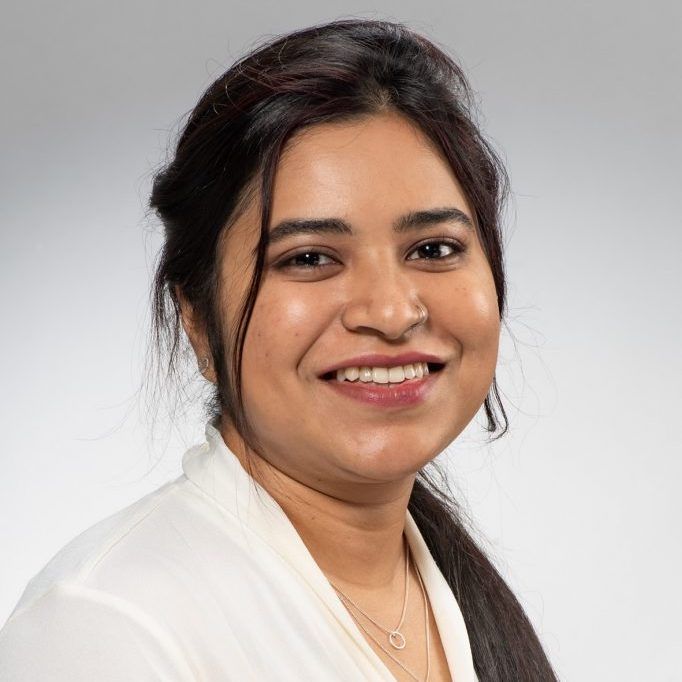The Importance of Oxygen Saturation, Desaturation When Assessing Obstructive Sleep Apnea
Previous studies aimed at understanding the association between intermittent hypoxia and impaired vigilance in patients with OSA provided conflicting results.
Purbanka Pahari, ME, PhD Candidate

Oxygen desaturations, or intermittent hypoxia, related to obstructive sleep apnea (OSA) can pose as a risk factor for several comorbidities, but studies aimed at understanding the association between intermittent hypoxia and impaired vigilance provided conflicting results.
Patients with OSA or intermittent hypoxia often experience sleep fragmentation or inadequate sleep, further contributing to a patient's risk of experiencing mood swings, excessive daytime sleepiness, decreased productivity, work performance, and daytime vigilance. Those with severe cases have shown greater likelihood of motor vehicle accidents.
A team of investigators including Purbanka Pahari, ME, Department of Applied Physics, University of Eastern Finland, Diagnostic Imaging Centre, Kuopio University Hospital, evaluated how desaturation characteristics differ between the patients grouped based on psychomotor vigilance task (PVT) performance and compared with traditional obstructive sleep apnea severity.
Impaired Vigilance in Obstructive Sleep Apnea
A total of 863 patients with suspected OSA were included in the study population. All patients completed a psychomotor vigilance test before polysomnography. Investigators computed the conventional OSA parameters: apnea-hypopnea index, oxygen desaturation index, and arousal index.
At baseline, the median desaturation area, fall area, recovery area, and desaturation depth were gathered and then assessed in relation with the 100% oxygen saturation level. To evaluate the role of the relationship between parameters and impaired vigilance, cumulative distributionfunctions (CDFs) and binomial logistic regression were employed.
Based on the number of lapses in PVT, patients were stratified into quartiles. Q1 consisted of those with fewer than 5 PVT lapses, and Q4 included those with more than 36 PVT lapses.
Saturated and Desaturated Oxygen in OSA
The team found that by considering desaturation parameters with a 100% SpO2 reference when diagnosing obstructive sleep apnea, a more detailed profile could be built around the severity of OSA and related daytime vigilance impairment.
When referenced to 100% saturation, patients in Q4, or those with the worst performing abilities based on cumulative distrubution functions, showed greater desaturation areas, recovery areas, and deeper desaturations as compared with those in Q1, those with the best performing abilities in the study group.
Regression models showed the difference in desaturation area, recovery area, and depth exhibited significantly elevated measures in Q4. Alternatively, no significant associations were showed between impaired vigilance and conventional obstructive sleep apnea parameters.
"This study highlights the importance of considering the level of oxygen saturation and desaturation event characteristics in more detail," investigators wrote. "Therefore, the present results suggest that novel SpO2-based parameters should be considered while assessing the OSA severity to achieve a more accurate estimation of OSA-related impaired daytime vigilance."
The study "Obstructive sleep apnea-related intermittent hypoxaemiais associated with impaired vigilance" was published in the Journal of Sleep Research.